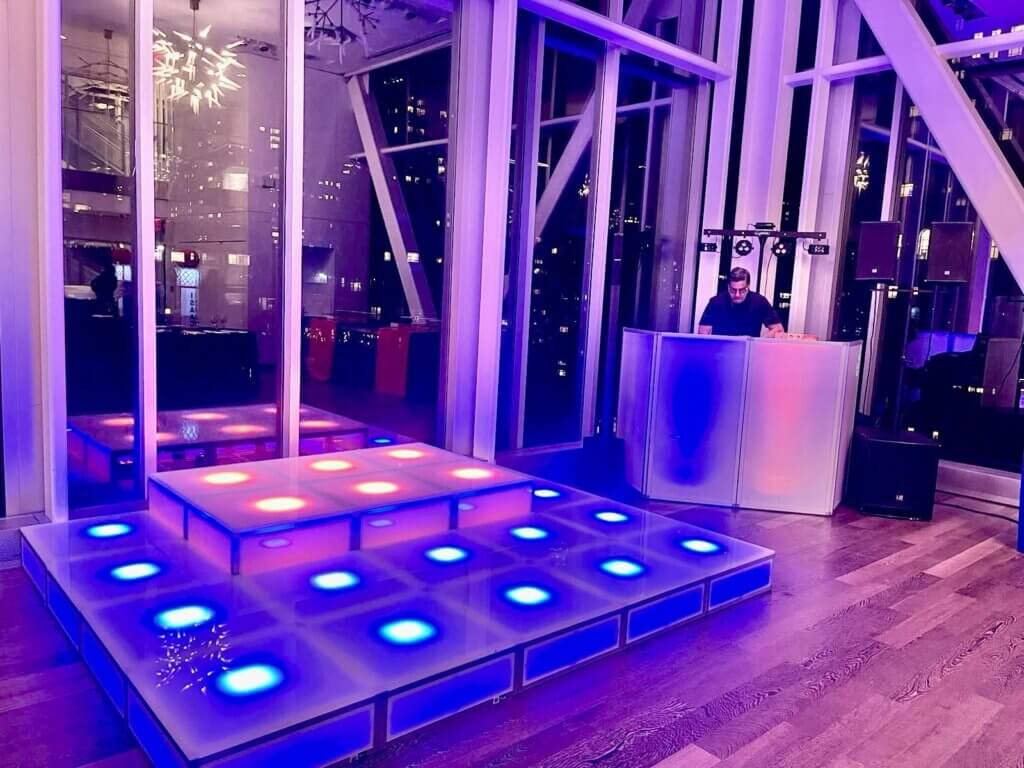Highlighting such Significance regarding Lighting for Ensuring Dancing Area Safety
Wiki Article
Lighting plays a vital role in guaranteeing the safety of dancing areas, regardless of whether in a nightclub, a local venue, or a school event. Proper lighting helps to create a secure environment by allowing dancers to perceive their surroundings clearly. This visibility is critical for preventing accidents, such as stumbles and falls, which can occur on crowded or irregular surfaces. Additionally, good lighting aids in ensuring that all dancers are cognizant of their space and the individuals around them, reducing the risk of collisions or other incidents on the dance floor.
One of the main functions of lighting in a dance setting is to improve visibility. Bright and strategically positioned lights illuminate the floor, making it simpler for dancers to move through their actions. This is especially important in settings where the floor may be crowded or where different dance styles require various levels of space. When dancers can see where they are walking and how much room they have, they can dance with increased confidence and prevent potential hazards. For instance, a brightly illuminated floor allows dancers to identify spills or hazards that could lead to risky situations.
In furthermore to helping dancers see better, lighting can also contribute to the overall ambiance of the event. While some dance locations may use dim lighting for visual purposes, it is important to find a balance between atmosphere and security. Flickering or flashing lights can disorient dancers, making it difficult for them to maintain their bearings. Therefore, dance floor rental for weddings incorporating soft, steady lighting with brighter spots in critical areas, like exits and pathways, can enhance both the mood and safety of the dance floor. This thoughtful approach encourages a vibrant but safe dancing experience.
Moreover, it is crucial to take into account the types of lighting that are most suited for dance floors. Different light sources, such as light-emitting diodes, focused lights, and background lighting, can serve different purposes. LED lights are energy-efficient and can be set to create different hues and effects without sacrificing brightness. Spotlights can illuminate specific areas, such as a platform or a group performance, while ambient lighting sets the overall mood. By carefully selecting and positioning these lighting options, event coordinators can ensure that the dance floor remains a safe and enjoyable space for everyone.
In conclusion, the importance of proper lighting in guaranteeing dance floor safety cannot be underestimated. It not only provides the essential visibility for dancers to navigate freely and safely but also helps create an inviting environment that encourages participation. Event planners and venue managers must prioritize lighting design when organizing dance events to minimize risks and enhance the overall experience. By doing so, they can cultivate a fun, lively their website atmosphere while keeping safety at the forefront of their planning efforts.
